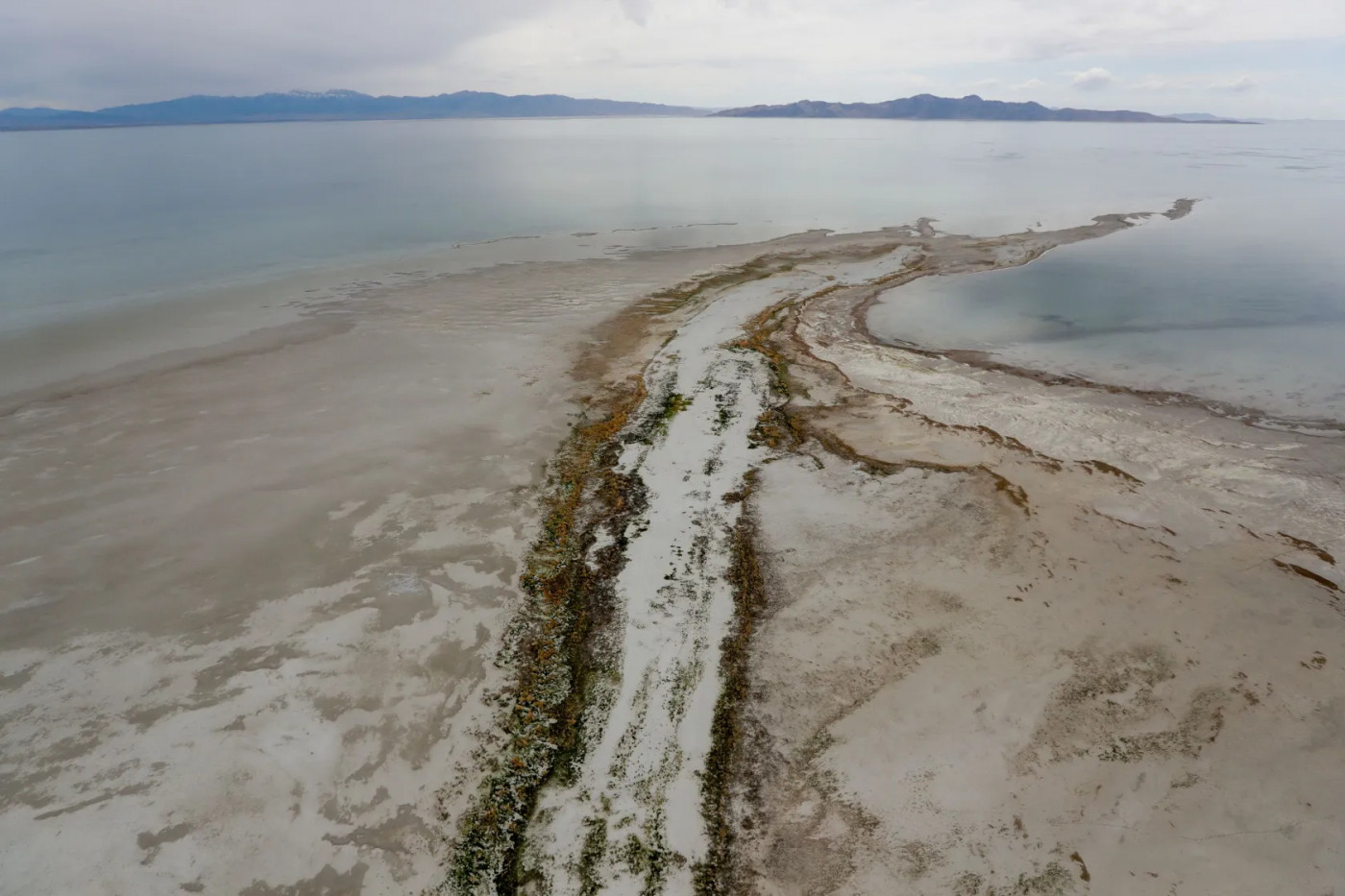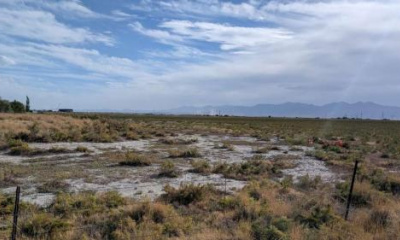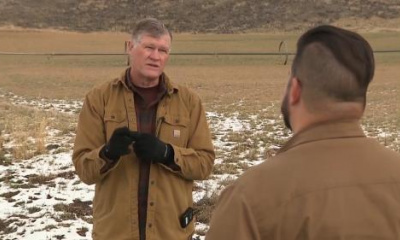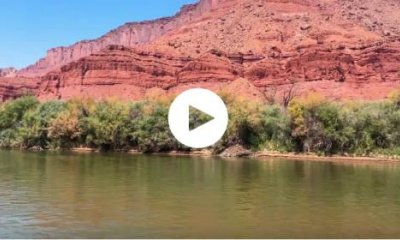SALT LAKE CITY — There are two things the waters of the Great Salt Lake and agricultural lands have in common: they are both in steady, rapid decline.
A three-day forum hosted by Friends of the Great Salt Lake at the University of Utah Officers Club is providing an in-depth look at the many challenges and unique attributes of a lake that delivers $1.3 billion in economic output — including the industry and recreation it supports.
But it is a lake in trouble.
In October of 2016, the lake reached its lowest level in recorded history — with its surface elevation at 4,191 feet.
A report from Utah State University shows the waters of the Great Salt Lake have been reduced 48 percent since the arrival of pioneers. Its levels have dropped 11 feet since 1847.
At the same time the lake is shrinking, so are the agricultural lands that surround it.
Both western Weber and Davis counties are bursting with new development, with supermarkets, subdivisions and office space supplanting fields of onions, pumpkins, winter wheat and pastures of cattle.
"We really think there is an urgent need to protect agricultural lands in the face of rapid land use change," said Karin Kettenring from USU's Quinney College of Natural Resources.
Kettenring and Joanna Endter-Wada, also from the university's natural resources college, spoke Thursday about the nexus between agricultural land and healthy wetlands — which depend on return flows from agricultural operations.
"There are critical connections between agricultural operations and wetlands," Kettenring said.
In a curious paradox, the least efficient watering methods in farming — such as flood irrigation and canals with seepage — actually provide better conservation value for the Great Salt Lake because more water is delivered into the system through groundwater or returns to the lake.
"Agricultural lands will provide a better groundwater recharge than suburban development," Kettenring said.
Don Leonard, chairman of the Great Salt Lake Advisory Council and chairman and CEO of the Great Salt Lake Brine Shrimp Cooperative, said of nine research projects identified in 2012 related to the lake, eight of those are either complete or underway.
The research has taught the scientific community and advocates that there is an abundance of knowledge left to be acquired, but few dollars to carry out those studies.
One bit of knowledge is sure, he said.
"We do believe water levels are in long-term decline," he said. "But I learned a long time ago you can't just yell and scream about problems, you have to be part of the solution."
No one wants to see the Great Salt Lake go the path of the Aral Sea straddling the border of Kazakhstan and Uzbekistan or California's Owens Lake.
With the Aral Sea, once the fourth-largest saline lake in the world, diversions of two rivers dried up the inland sea in a matter of decades.
Leonard said in 1960, 43,400 tons of fish were harvested there. By 1980, that dropped to zero.
A dam constructed in 2005 is helping the water return in one area of the dry sea.
Owens Lake, which began losing its water in aqueducts built in 1913 to deliver water to support Los Angeles, is now the country's largest source of particulate pollution, Leonard said.
The mitigation of that, as of June 2018, is projected to cost $2.1 billion. Each year, maintenance of the problem costs $75 million, he said.
"Could we be next?" Leonard asked the packed room.
The Great Salt Lake Advisory Council solicited ideas to help the Great Salt Lake and stem its decline.
Members culled a list of 72 potential strategies down to 18.
Many of the top strategies focus on financial compensation for farmers to cut down production during late harvest, expanding the ability to acquire water rights for in- stream flows and a study of dry lake impacts — which Leonard predicted would produce results that would spur people to action.
The forum continues Friday.









